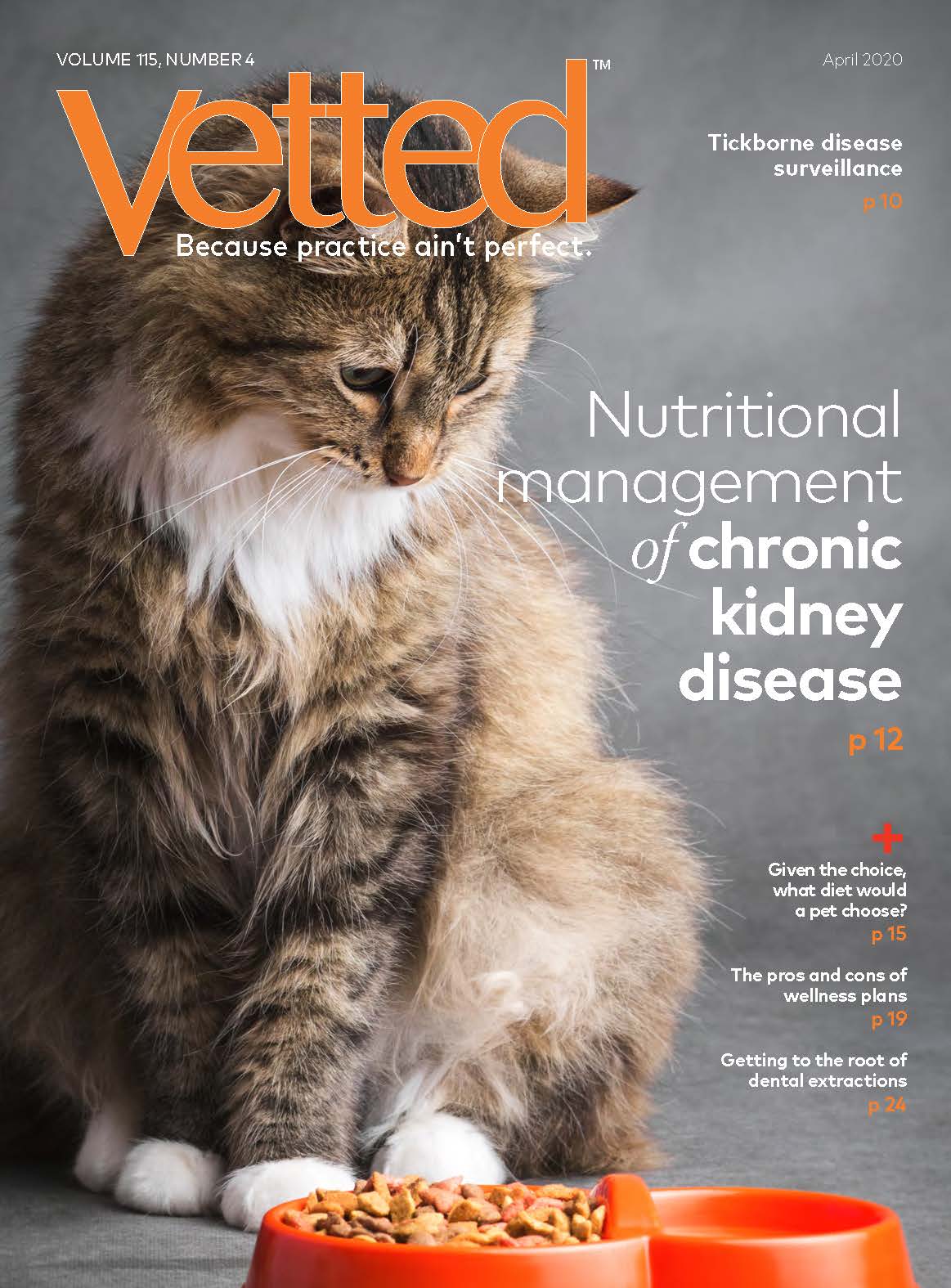Veterinary dental extractions: Three critical factors
The key to conducting a safe and successful tooth extraction is giving yourself enough room to work, says Mary Volker, DVM, DAVDC.
No veterinary dental extraction is the same. Each animal you work on has its own specific anatomy. “No animal is ‘normal,'” says Mary Volker, DVM, DAVDC, “none actually have the normal dentition they should have with the normal amount of roots.”
However, despite the fact that each extraction will be different, there are three key factors you can focus on with every patient to help ensure your procedure will be a success: exposure, an adequate surgical flap and adequate bone removal.
“Exposure is very important because there should be no reason you should put a high-speed hand piece into an area you can't see,” says Dr. Volker. Seems like common sense, but she says people sometimes don't give themselves enough room to work, and this increases risk.
An adequate surgical flap, especially for difficult teeth is “half the battle” says Dr. Volker. And for bone removal? Start with about half, she says, but keep in mind that you might run into issues like absorption or ankylosis that require a little more.
See the video below, filmed at Fetch dvm360 conference in Kansas City, for more insight from Dr. Volker about these three critical factors for success in performing tooth extractions.
